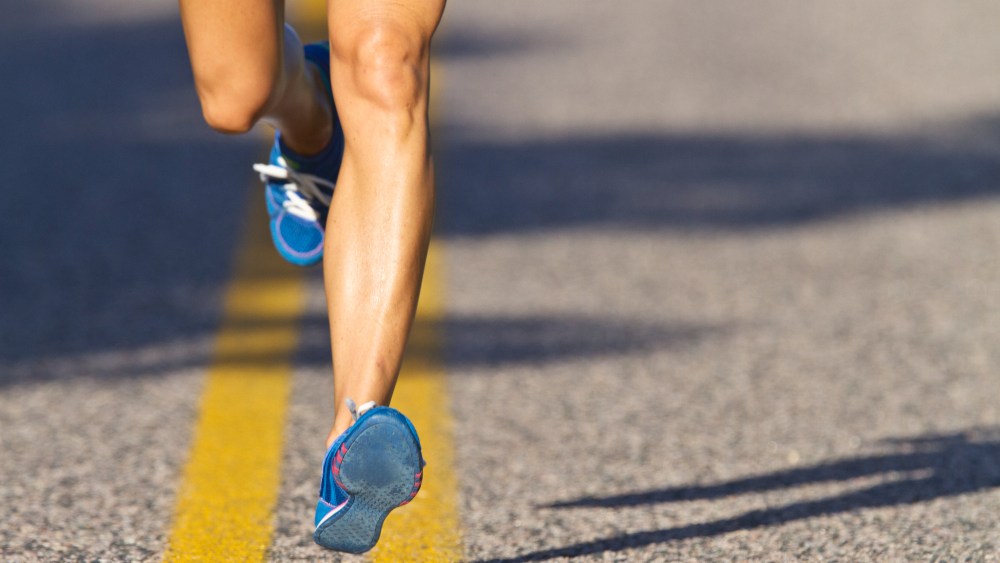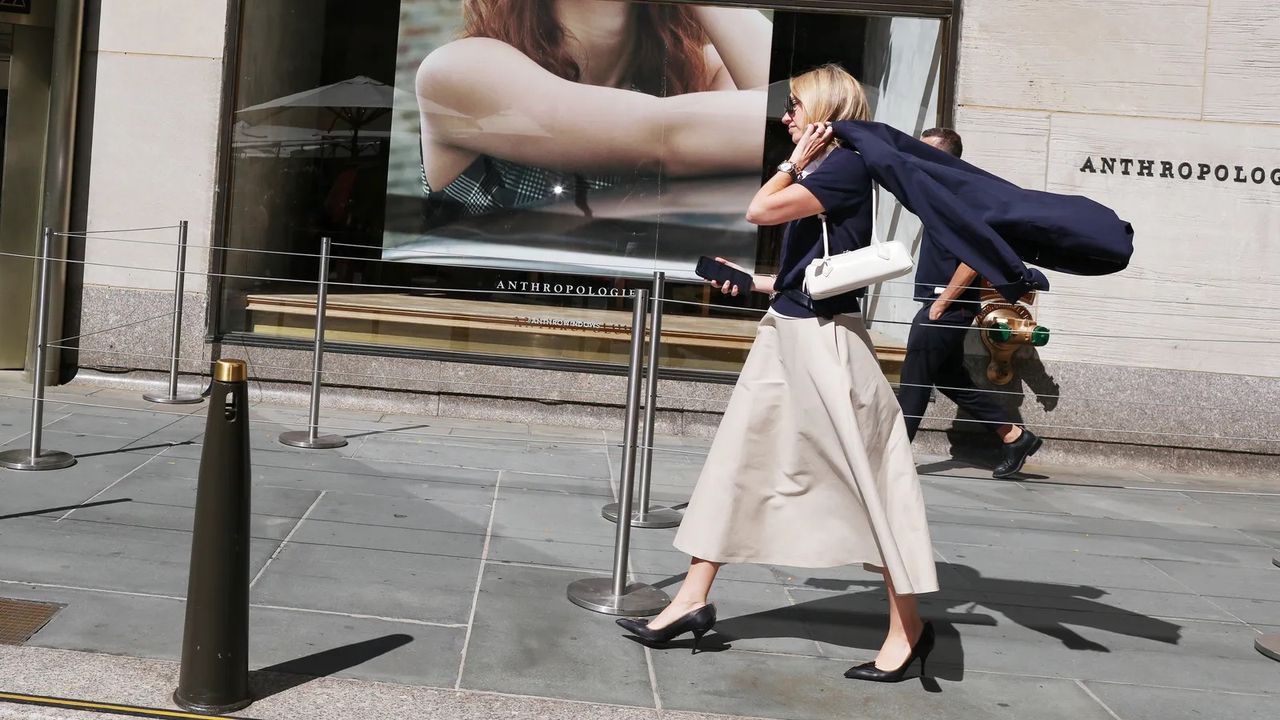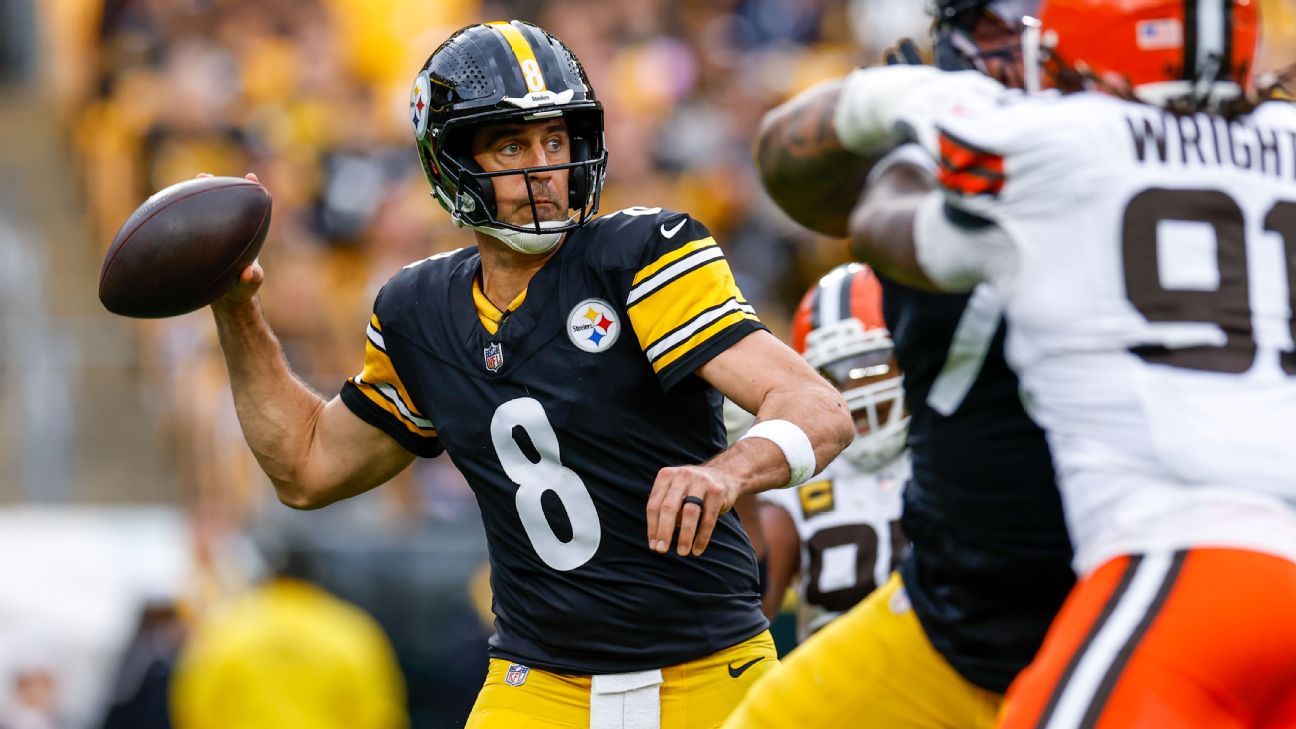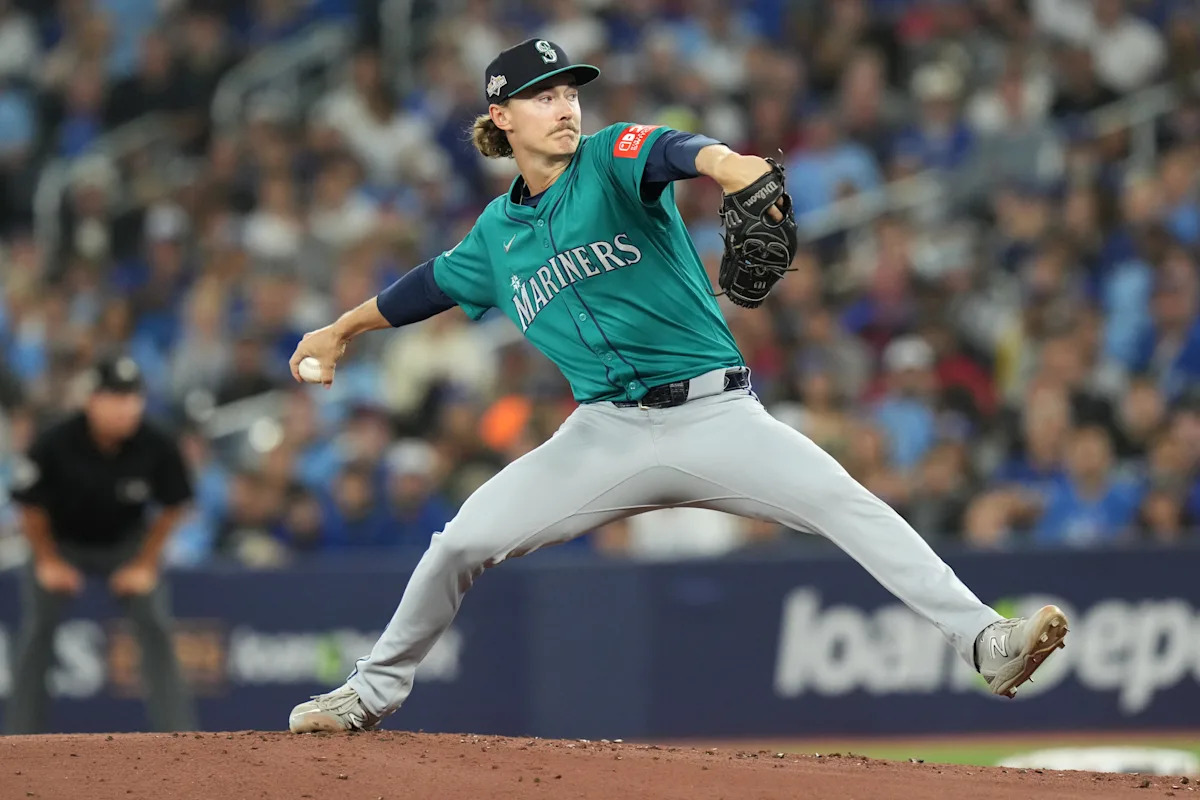
Athletic brands such as Nike and Adidas have a digital challenge.
According to Catchpoint, which compiled a Digital Experience Score analyzing the to 20 athletic footwear and apparel brands by revenue, there is a “troubling gap” between brands’ tracking of key metrics and what customers actually experience online.
“Poor website performance doesn’t just kill online sales, it destroys in-store revenue too,” Catchpoint said. “When your website fails, customers don’t wait — they buy from competitors.”
The internet monitoring platform conducts real-time monitoring and captures data that lets firms better understand their customers’ digital experiences through availability, performance, reachability and reliability.
Catchpoint emphasized that a single slow-loading page can hand customers directly to competitors who have mastered digital-first performance. The Digital Experience Score is a single, user-centric metric from 0 to 100 that reflects how customers actually experience a brand’s digital touchpoint. It is a holistic view of experience quality combining device (end-user device performance), network (connectivity quality) and application factors (load times, responsiveness and error rates).
So what are some of the 2025 monitoring and data takeaways?
Smaller brands — such as Fila Holdings, Under Armour and New Balance —routinely beat brand market leaders such as Nike and Adidas on digital experience. Nike ranked #16 out of 20 brands for customer experience, while Adidas performed just slightly better at #11.
The big problem for Nike and Adidas? Downtime. Catchpoint’s monitoring found that Adidas’ uptime rates —a measure of reliability to get the system up and running —were just 92.4 percent, far below the 99.9 percent reliability standard. That translates to about 56 hours offline every month. Using Gartner Research’s average downtime cost estimate of $5,600 per minute, that would translate to a loss of up to $19 million monthly or $225 million annually.
For Nike, Catchpoint’s testing found that its site ran at only 92.9 percent availability, also far below the 99.9 percent reliability standard. With 51 hours of downtime per month, that translates potentially to a loss of $17 million monthly and $200 million-plus annually.
The athletic brand spent $4.3 billion on advertising and promotion for Fiscal Year 2024. But the internet monitoring firm said that some of that spend might have been better allocated toward site speed and stability, which could improve return on investment by ensuring market reach translates into actual customer engagement and sales.
As for scoring, the top brands had a Digital Experience Score between 90 to 100. Those with a solid, strong performance were between 83 to 89. Next were brands with scores between 66 and 82, considered acceptable when on a mobile device or in certain regions. Those brands with scores below 66 were considered “challenged.”
Fila, Under Armour and New Balance were at the top, at 96, 95 and 91, respectively. Hoka at 89 was the only one in the “strong” category, followed by Gymshark, the only on in the “competitive” group, at 77.
The remaining 15 brands — including Nike (53) and Adidas (58), as well as Brooks Running (64), On (64), Asics (62), Saucony (59), Puma (57), Lululemon (56) — were considered “challenged.” Skechers and Reebok tied for last place, with each capturing a score of 50. Other brands in this group were Columbia Sportswear (59), Mizuno (56), Decathlon (54), Anta Sport (51) and Li-Ning (51).
If the proof is in the pudding, then Catchpoint believes that the Digital Experience Scores reflect why “Nike shed $28 billion in market value,” while up-and-comer “On Running grew 40 percent year-over-year. Because disruption doesn’t wait, when a brand giant stumbles, challengers such as fast-growing On and Hoka are the ones capturing the revenue that is left behind.
The study also found that most brands aren’t fast enough. Only three brands — New Balance (1.59 seconds), Under Armour (1.96 seconds) and Fila Holdings (2.93 seconds) load pages in under 3 seconds, the expectation from customers. The median is 6.6 seconds. Hoka loads its pages in 3.81 seconds. Adidas loads in 5.82 seconds, while On loads in 5.94 seconds. Eighty-five percent of brands fail the industry standard. Puma loads in 6.44 seconds, followed by Nike at 6.70 seconds. Near the bottom of the page load rankings were Skechers at 8.09 seconds, and Reebok at 13.11 seconds.
Catchpoint said that in an instant-gratification economy where customers can abandon a slow site and reach competitors in seconds, “speed becomes the ultimate competitive advantage.”
Catchpoint’s benchmark report evaluated 20 of the world’s largest athletic footwear and apparel brands compiled by global revenue rankings. All data was collected between Aug. 1 and Aug. 31, 2025. The monitored pages were the public homepages of each company, considered the first touchpoint for most consumers. The homepages provided a standardized basis for comparison, capturing visitor experiences from each brand’s digital storefront.
The tests were also conducted from 123 global monitoring locations across six continents, including 26 in North America and 97 across the U.K., Germany, India, Japan, Australia, South Africa and Brazil. Networks tested include cloud, wireless, last mile ISP (running on actual residential broadbank networks) and backbone agents that are in Tier 1 and Tier 2 ISPs that provide core Internet data on global trends, routing anomalies and CDN-level outages.
Nike is aware that it can do better on the digital front. Its first-quarter results were better than Wall Street’s estimates, reflecting progress in its turnaround. The brand’s CEO Elliott Hill said that the quarter saw the brand focus on early priorities that include running, North America and its wholesale partners. He said the company still needs to work on its China business and Nike Digital.
Saucony’s parent Wolverine World Wide Inc. reported a strong second quarter in August. Saucony’s net sales for the period rose 41.5 percent for the quarter to $144.3 million from $102.0 million a year-ago. Among other financial data points, international revenue was up 15.7 percent to $250.0 million, while direct-to-consumer revenue was down 1.6 percent to $111.6 million. While company CEO Christopher E. Hufnagel didn’t talk about digital during the company’s conference call, he did note that the firm is embracing a “new growth-focused mindset” that includes the Saucony brand advancing its key city strategy. The strategy includes openind stores in Harajuku, Tokyo, and in Covent Garden in London. The company also signed a lease for its third store in Paris that will open next year. Wolverine also owns the Merrill and Sweaty Betty brands.
At Deckers Brands, its Hoka athletic shoe brand has been on a growth trajectory, with first quarter net sales up 19.8 percent to $653.1 million that helped drive overall net sales for Deckers to $964.5 million over the same period, or up 16.9 percent. The strong performance of Hoka is expected to again fuel a strong second quarter.
Separately, when the Catchpoint data collection was done in August, Skechers was still a publicly-traded firm. Since then, the shoe firm became a private company following the closing of the $9 billion transaction that saw Skechers get acquired by Brazilian private equity firm 3G Capital.
#Nike #Adidas #Digital #Experience






